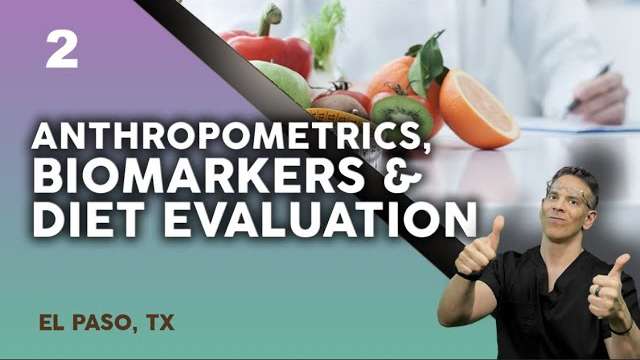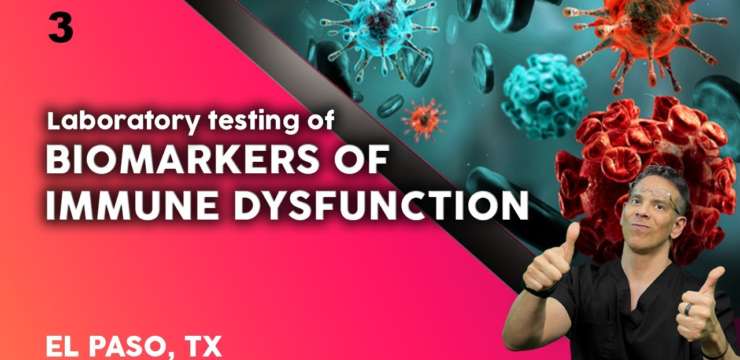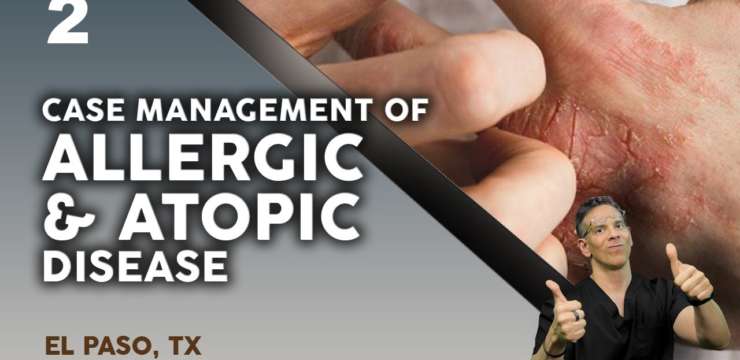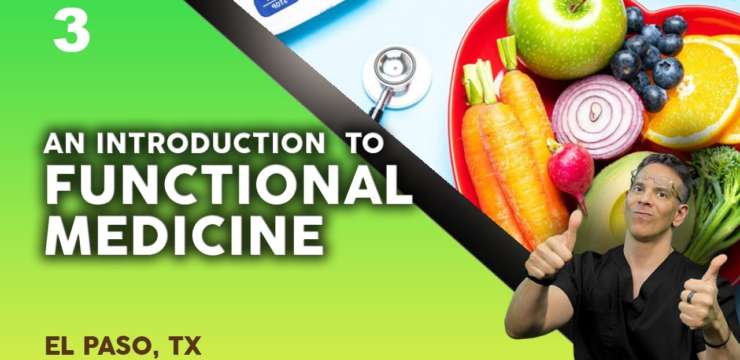Women’s health is a critical pillar of our public health system. Indeed, the complex female anatomy also enables various conditions that we certainly do not…


Women’s health is a critical pillar of our public health system. Indeed, the complex female anatomy also enables various conditions that we certainly do not…

The body is a well-working machine that can endure anything that is thrown in its way. However, when it gets an injury, the body’s natural…

Waking up with neck soreness, stiffness, achiness, and pain can take a toll throughout the day. Individuals, that experience this regularly wonder what happened while…

Welcome to this new functional Medicine presentation, where an expert will be discussing Anthropometrics, Biomarkers, Clinical Assessment and Diet Evaluation. We hope you have enjoyed…

Dietary Supplement Quality Guide: Dr. Jimenez, Health coaches Adriana Caceres and Faith Arciniega, and Clinical Nutritionist Ana Paola Rodriguez will discuss when practitioners are asked…

Welcome to the last part of our newest presentations where an expert will be talking about laboratory testing of Biomarkers of Immune Dysfunction. Stay tuned…

Welcome to our new Functional Medicine presentation where an expert will be talking to us about case management of Autoimmune diseases and also covering some…

Welcome to our new Functional Medicine presentation where an expert will be talking to us about case management of Allergies and Atopic Disease in depth.…

Welcome to our new Functional Medicine presentation where an expert will be talking to us about case management of Allergies and Atopic Disease in depth.…

Dr. Alex Jimenez brings to you the last part of this presentation titled “An Introduction to Functional Medicine” where Medical Specialist will help us distinguish…

Dr. Alexander Jimenez, Adriana Caceres, Faith Arciniega (Health Coach), Amparo Armendáriz-Pérez (Massage Therapist) and Ana RodrÃguez Arciniega talk about the Functional Medicine and holistic treatments…

For an appointment please call: 915-412-6790 Fill your evaluation form online: dralexjimenez.livingmatrix.com/self_register_patients/new – If you have enjoyed this video and/or we have helped you in…

In this Functional Medicine podcast Dr. Alex Jimenez invites Master Hypnotist Eric Richmond CRNA, BCH, CI, RM and Connie Pemberton – retired RN to talk…

On today’s podcast Dr. Jimenez DC, health coaches Adriana Caceres and Faith Arciniaga, and nutritionist Ana Paola RodrÃguez will discuss the steps to acquire a…

Welcome to our newest presentation where an expert will be talking about the case management of chronic infections and round table discussion: Dysbdiosis and Chronic…

Welcome to our newest presentation where an expert will be talking about the case management of chronic infections and round table discussion: Dysbdiosis and Chronic…

On today’s podcast Dr. Jimenez DC, health coaches Adriana Caceres and Faith Arciniaga, and nutritionist Ana Paola RodrÃguez will discuss how the changes in our…